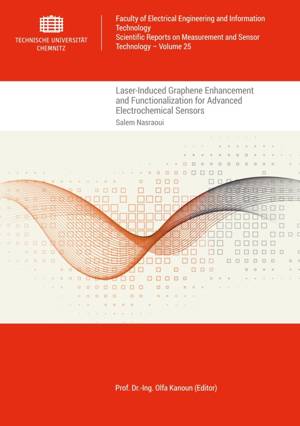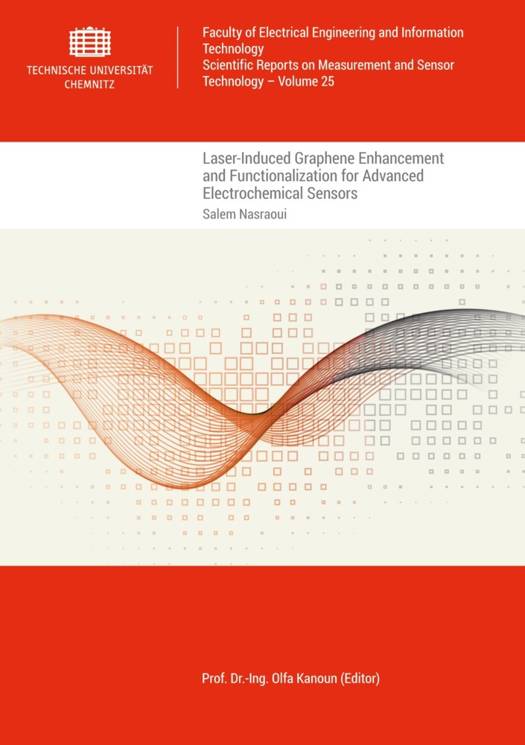
- Afhalen na 1 uur in een winkel met voorraad
- Gratis thuislevering in België vanaf € 30
- Ruim aanbod met 7 miljoen producten
- Afhalen na 1 uur in een winkel met voorraad
- Gratis thuislevering in België vanaf € 30
- Ruim aanbod met 7 miljoen producten
Zoeken
Laser-Induced Graphene Enhancement and Functionalization for Advanced Electrochemical Sensors
Salem Nasraoui
€ 23,95
+ 47 punten
Omschrijving
The choice of suitable materials influences the sensor properties.Carbon materials such as graphene are promising for electrochemical sensors. Laser-induced graphene (LIG) offers a cost-effective alternative to conventional methods.This work investigates the potential of LIG to improve electrochemical sensors by optimizing the synthesis parameters. We develop LIG-based sensors for the measurement of nitrite and 4-aminophenol in water samples.The working electrode of the 4-aminophenol sensor was fabricated from LIG and multi-walled carbon nanotubes with polyaniline (MWCNT-PANI), which improves sensitivity and stability. For the detection of nitrite, the LIG was modified with carbon nanotubes and gold nanoparticles (f-MWCNT-AuNPs).The LIG sensors show excellent properties. The 4-aminophenol sensor on bare LIG reaches a detection limit of 9.23 nM, with MWCNT-PANI 6 nM. The nitrite sensor on LIG/f-MWCNT-AuNPs shows linear behavior from 10 to 140 µM, with a detection limit of 0.9 µM.The results show that LIG is suitable for versatile electrochemicalsensors. The fabrication approach simplifies production and reduces costs. For the first time, an unmodified LIG electrode was used to detect 4-AP in contaminated water samples.
Specificaties
Betrokkenen
- Auteur(s):
- Uitgeverij:
Inhoud
- Aantal bladzijden:
- 213
- Taal:
- Engels
- Reeks:
- Reeksnummer:
- nr. 25
Eigenschappen
- Productcode (EAN):
- 9783961002153
- Uitvoering:
- Paperback
- Afmetingen:
- 148 mm x 12 mm
- Gewicht:
- 320 g

Alleen bij Standaard Boekhandel
+ 47 punten op je klantenkaart van Standaard Boekhandel
Beoordelingen
We publiceren alleen reviews die voldoen aan de voorwaarden voor reviews. Bekijk onze voorwaarden voor reviews.











